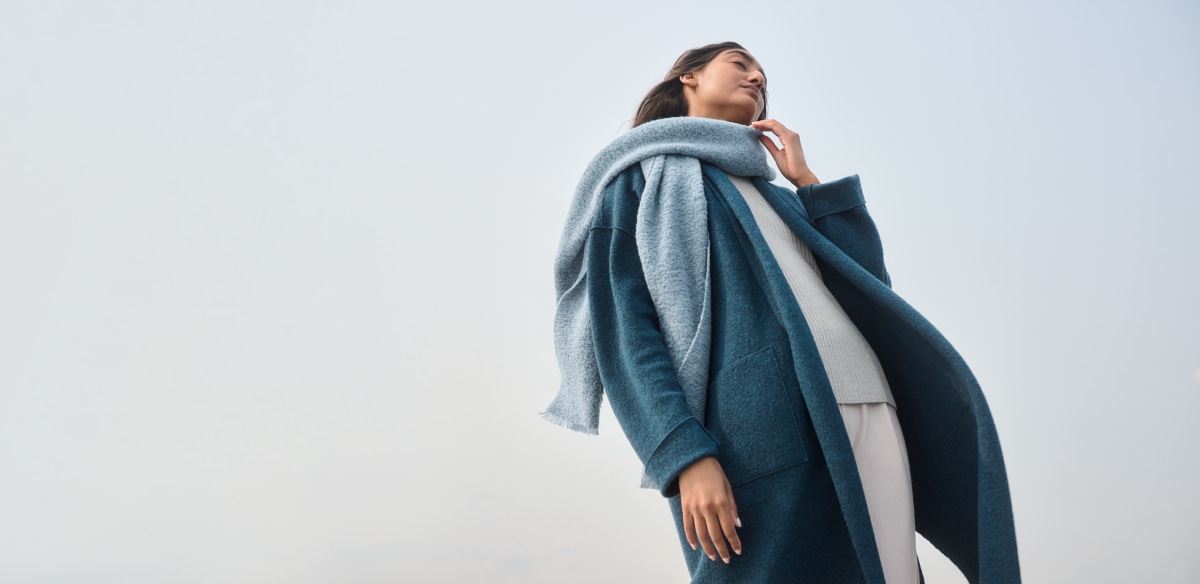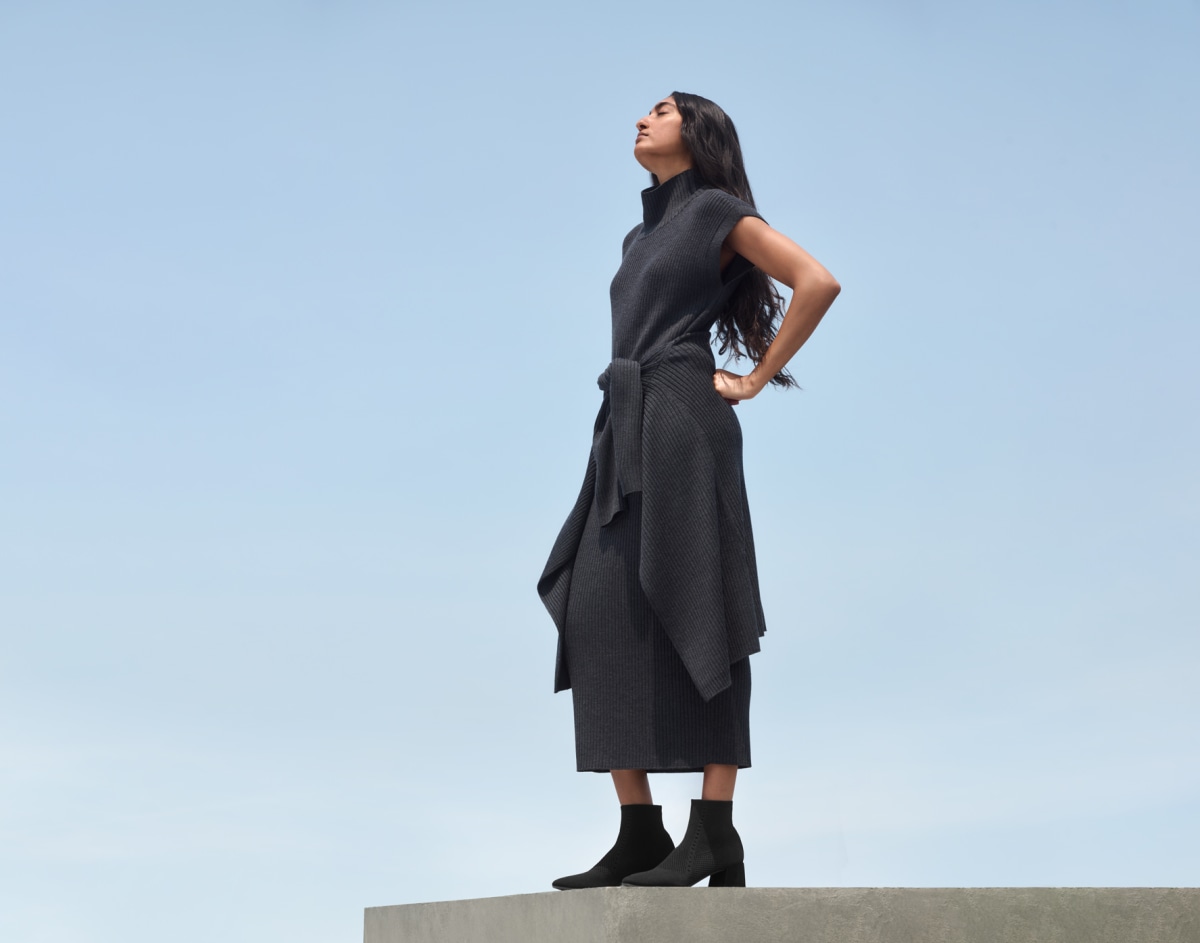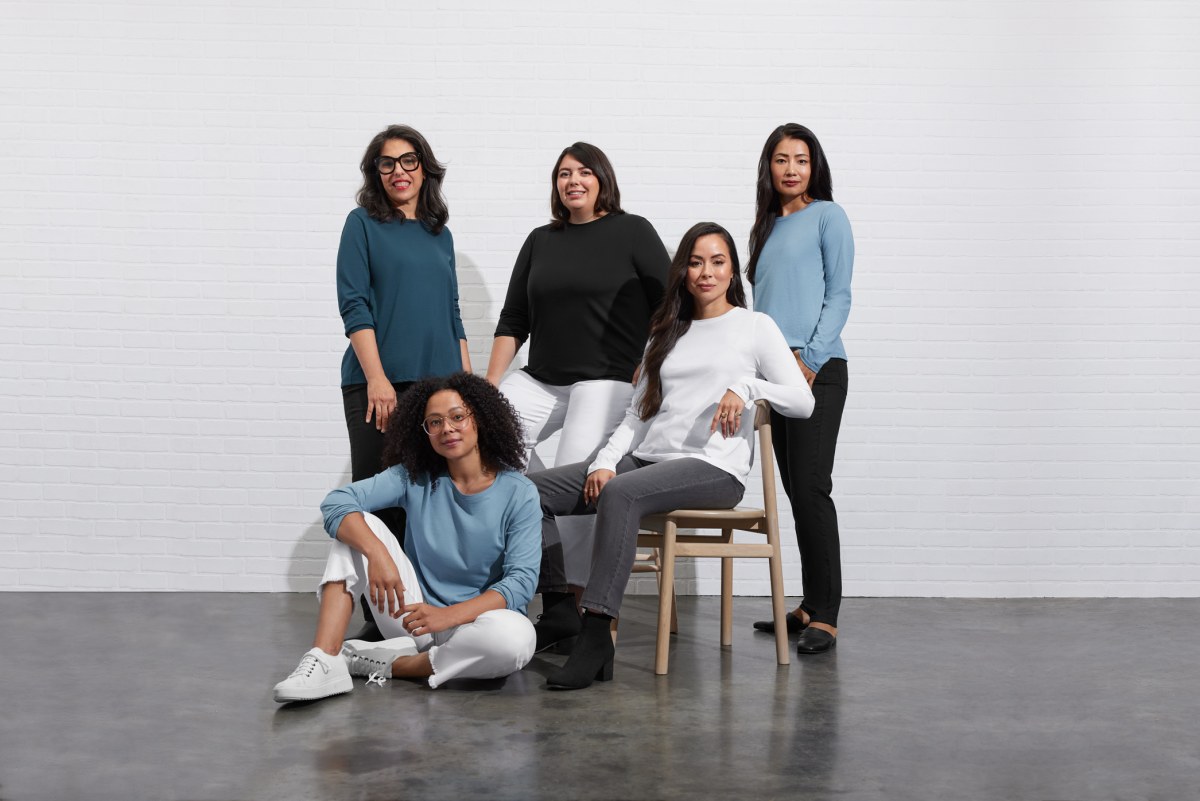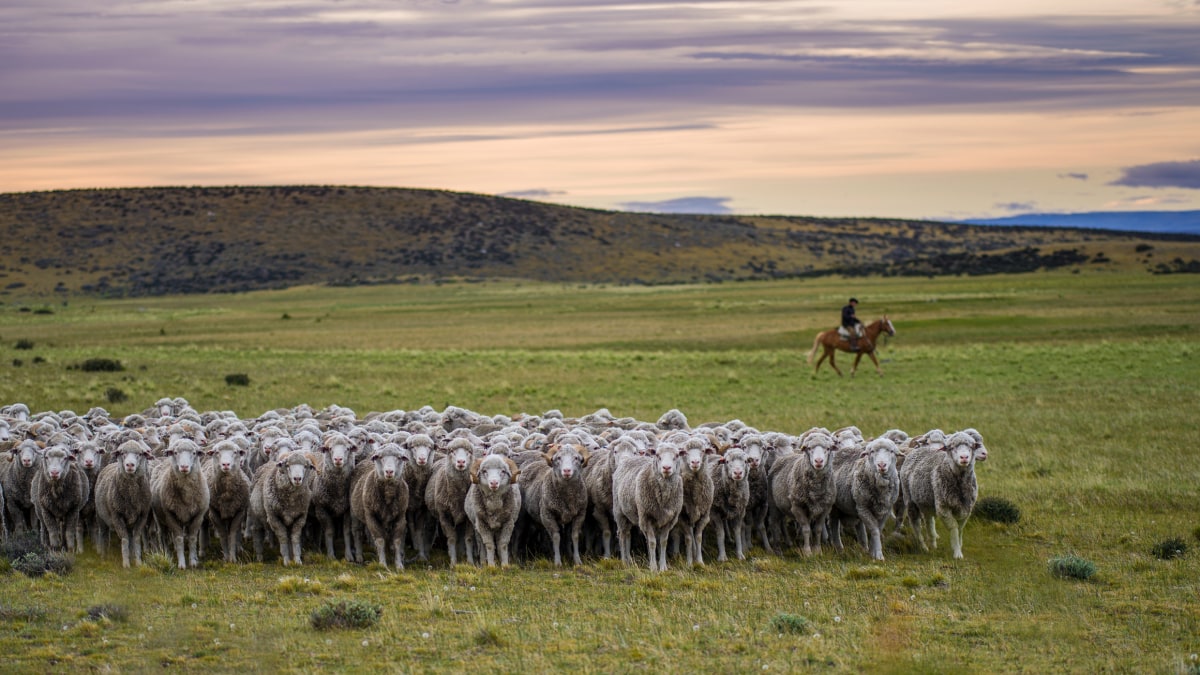[ad_1]
A year ago, a small but significant shift happened in the world of sustainable fashion. Eileen Fisher—the visionary designer who helped pioneer ethical clothing—decided to pass the reins of her company to a new CEO. Fisher, who founded her eponymous label in 1984, had managed both the creative and business aspects of her brand for nearly four decades. But at the age of 72, she was ready to entrust the day-to-day operations of her company to someone else; she wanted to focus on design, her first love.
The person she picked for the job was Lisa Williams, who previously served as Patagonia’s head of product. The choice made a lot of sense. Like Patagonia, Eileen Fisher is known for rejecting the overconsumption and overproduction that drives the fashion industry. Both brands create pieces that are durable and classic, as a way to encourage customers to buy less. They’ve both pioneered circular business models, creating ways to extend the life of garments through resale and responsibly recycling older pieces.
Over the past year, Williams has had a chance to grasp the challenge before her. Fisher tasked her with further reducing the company’s environmental footprint, including cutting the volume of garments it produces annually. At the same time, Williams must ensure that the company remains financially healthy, with growing revenue. Those two goals might seem at odds, but not for Williams. “This is the puzzle that I love,” she says. “One of the most intriguing parts of my job is proving that our business model really works.”
I sat down with Williams to discuss how the brand is actively scaling back on its production and why she is optimistic that the fashion industry can clean up its act. The conversation is a master class for any leader who wants to build an environmentally responsible business.

[Photo: Eileen Fisher]
Fast Company: You spent two decades at Patagonia, helping to make it a powerhouse in the apparel industry. What made you decide to take on this new role at Eileen Fisher?
Lisa Williams: Coming from Patagonia, I had kept an eye on Eileen Fisher for a long time. It wasn’t necessarily a competitor. We were all rowing in the right direction from within our own markets.
Both of our brands were focused on cultivating a different approach to fashion: creating a wardrobe out of fewer, simpler pieces with quality and longevity in mind. This idea of buying “fewer, better” is something we hear all the time now, but Eileen was really a pioneer. She was doing it at a time when there weren’t a lot of people talking about sustainability.
At the time, I was at a company and a job that I loved. But when Eileen came to me with this idea, it felt like lightning had struck twice. I was very passionate about the challenge of balancing profit with purpose. This was something that has always been extremely important to Eileen herself, obviously. But her passion has always been design, and she’s brilliant at it.
Over the past few years, through COVID, she’s steered the business through very challenging times. I think she was looking for a partner to take on the day-to-day operations of running a fashion company so she could focus on the design work she really cares about. Meanwhile, I love the puzzle of mitigating our own environmental footprint, while also running a successful business. So it was a great match.

[Photo: Eileen Fisher]
FC: Americans are notorious for their overconsumption, particularly when it comes to clothing. As a brand, how do you actively encourage your consumers to buy less?
LW: It all begins with design. Eileen has had a philosophy, from the beginning, of designing clothes that are part of a system. They need to be pieces that fit together seamlessly and can be worn in different combinations. The colors need to work well together. All this helps the customer cultivate a simple wardrobe that has longevity.
Now, we’re really challenging ourselves to push this philosophy further. If we want to reduce consumption, the first step is reducing our own production. We’re being thoughtful and methodical about how we’re designing future collections to reduce the number of pieces we manufacture. We’re reducing the number of fabrics we’re using. And every time one of our designers comes up with a new style, we have a conversation about whether we really need it.
This also means that we need to make sure each style appeals to—and is appropriate for—as many customers as possible. This means making sure that there is flexibility as far as fit and length. Our goal is to make sure the line is made up of as few components as possible, but that all work together cohesively.

[Photo: Eileen Fisher]
FC: Circularity is a buzzword in the industry right now. What are you doing to create a circular business model?
LW: One of the biggest challenges in fashion right now is how to create a truly circular business model, where you are responsible for the entire life cycle of your products. At Eileen Fisher, we’ve been taking back products for 15 years through our ReNew program and have collected 2 million garments. We also have a “third life” program where we’re finding new uses for our own waste and unsellable product.
Now the goal is to figure out how to bake these practices into the overall business model so it contributes to our bottom line, which allows us to reduce the number of new garments we need to manufacture. There isn’t a clear path to making this work, and it can feel a little bit like the Wild West out there. But we’re working on these issues right now.
One thing we’ve been thinking about a lot is making sure that customers don’t see circularity as an excuse to consume more. They fall into thinking that they can buy more clothes because the brand is going to take care of the negative impact of their shopping. So I think we need to be very clear in our communication that the first step to shopping ethically is to shop less.
FC: It’s easy to feel discouraged by the sheer volume of fashion’s pollution problem. Do you think the industry is making progress when it comes to sustainability?
LW: I do think things are getting better. There are lots of voices in the fashion industry that are legitimate and credible and approaching sustainability holistically. There are plenty of brands doing good work independently. But I get really excited when I see the industry collaborations and partnerships that are happening, which will have a greater impact than going it alone.
These days, we’re focused on regenerative agriculture. We’re excited about the possibility of sourcing raw materials in a way that is not just less harmful, but potentially beneficial. We’re having lots of great conversations with Citizens of Humanity about this, and their efforts around regenerative cotton.
We’re also working with our friends at Patagonia to think about the regulations that might be coming down the pipeline. They have spent a lot of time building government connections and engaging policymakers. We’re learning from their expertise.

[Photo: ©Austin Mann/courtesy Eileen Fisher]
FC: Before the pandemic, consumers seemed very interested in sustainable fashion. And for a while during the pandemic, when the world stopped shopping for clothes, it seemed like we could radically reduce our clothing consumption. But over the past year, fashion appears to have come back with a vengeance. Do you think consumers have lost their passion for eco-friendly clothing?
LW: Not from where I sit. One of the most exciting things to me is that we’re seeing how important the conversation about sustainability is to consumers. I feel like the conversation is still alive and well, and there are now more people who are part of it.
Eileen has a loyal following. There are customers who have appreciated what she’s been trying to do for a long time. But there’s also this whole other group of young consumers who are becoming more conscious. They’re gravitating to brands that have a legacy of doing the right thing. So we have to take advantage of this moment to introduce as many people to our brand—and to other brands that think the way we do.
[ad_2]
Source link

